Four key measures to strengthen operational resilience
IBM Business Resiliency
FEBRUARY 9, 2021
Closely aligned with a data center strategy should be a holistic BCDR strategy that considers all types of risks (system failure, natural disaster, human error or cyberattack) and outage scenarios, and provides plans for mitigation with minimal or no impact to the business. Some of them use manual runbooks to perform failover/failbacks.


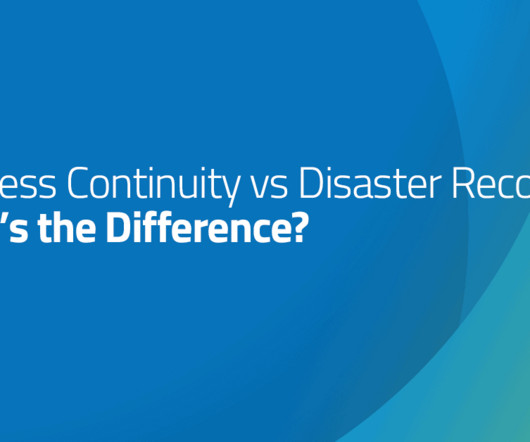
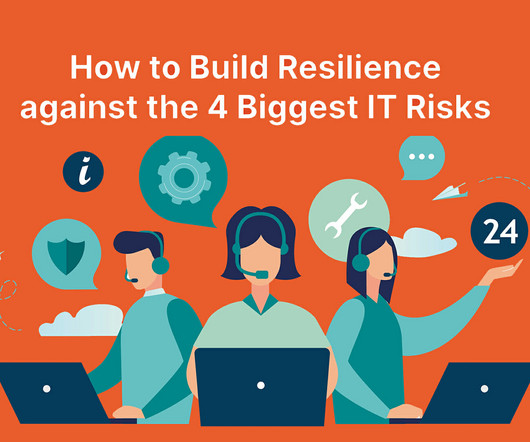
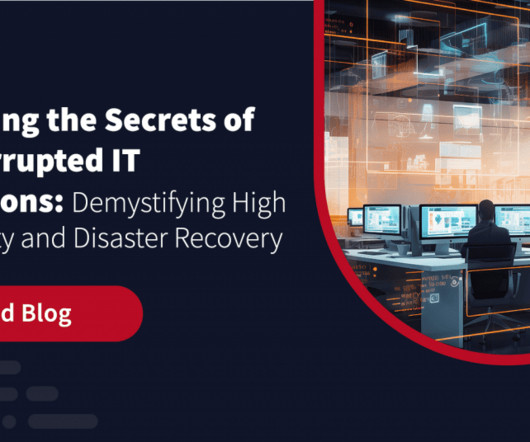
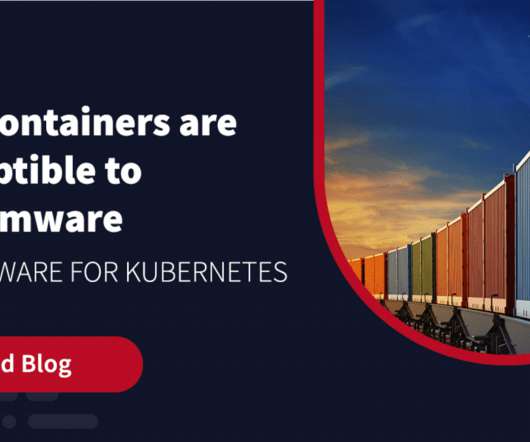
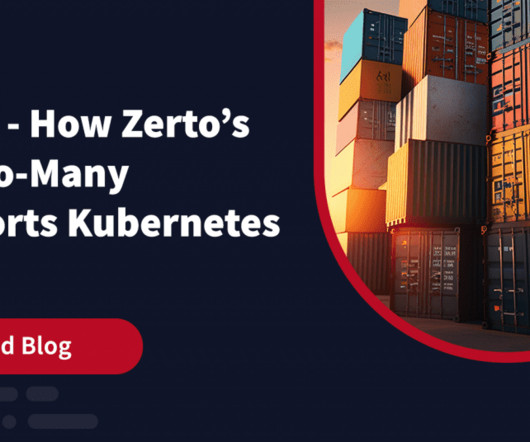
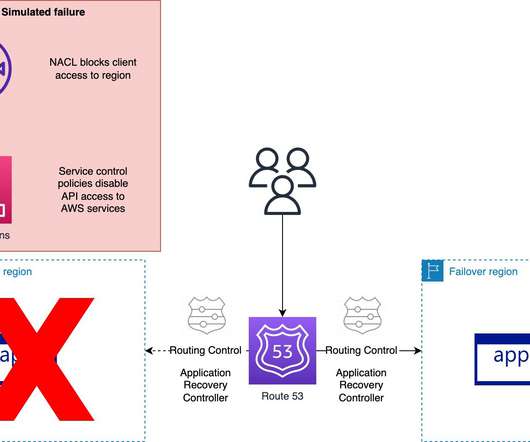


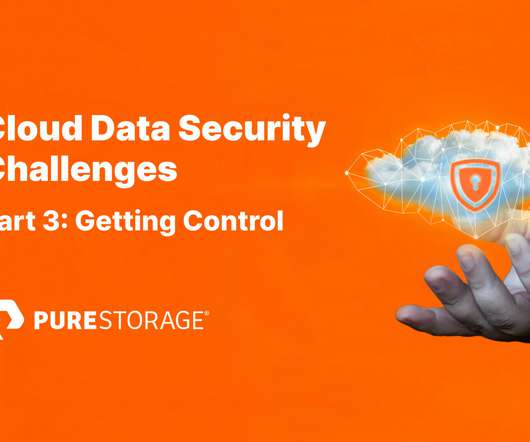
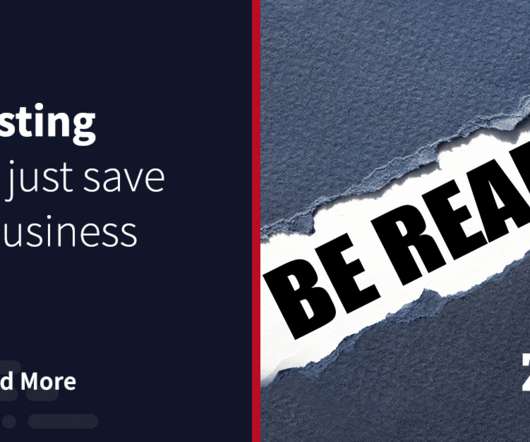







Let's personalize your content